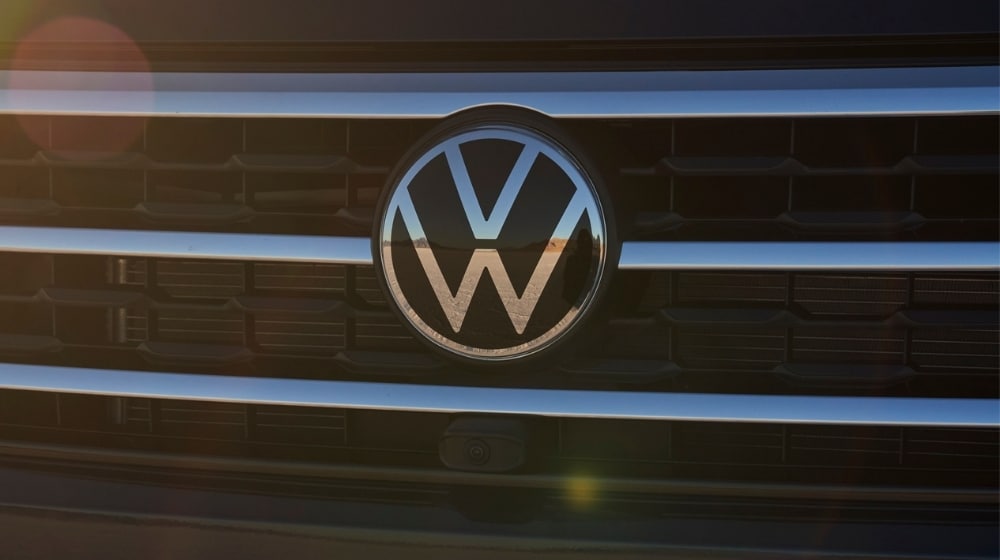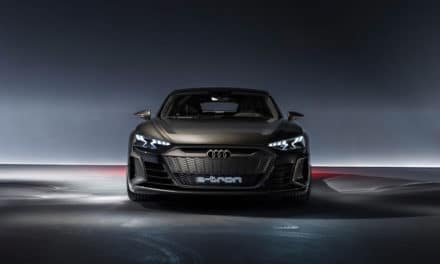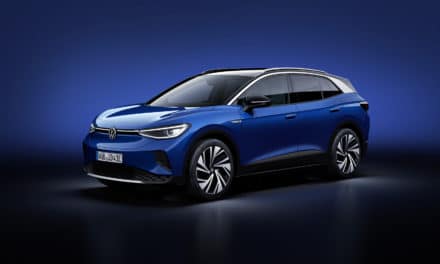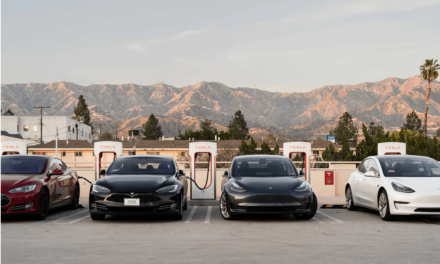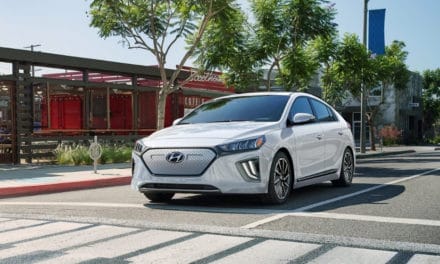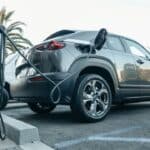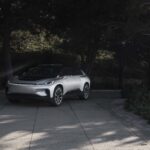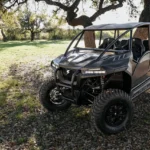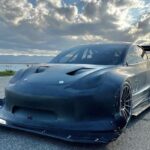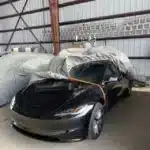Volkswagen has a history of building electric cars that are aimed at the mass market. But today, its attention is on a more high-end EV. VW’s Project Trinity promises to offer more advanced tech than other EVs by the company. More details on this project are scarce, but here’s a quick tease.
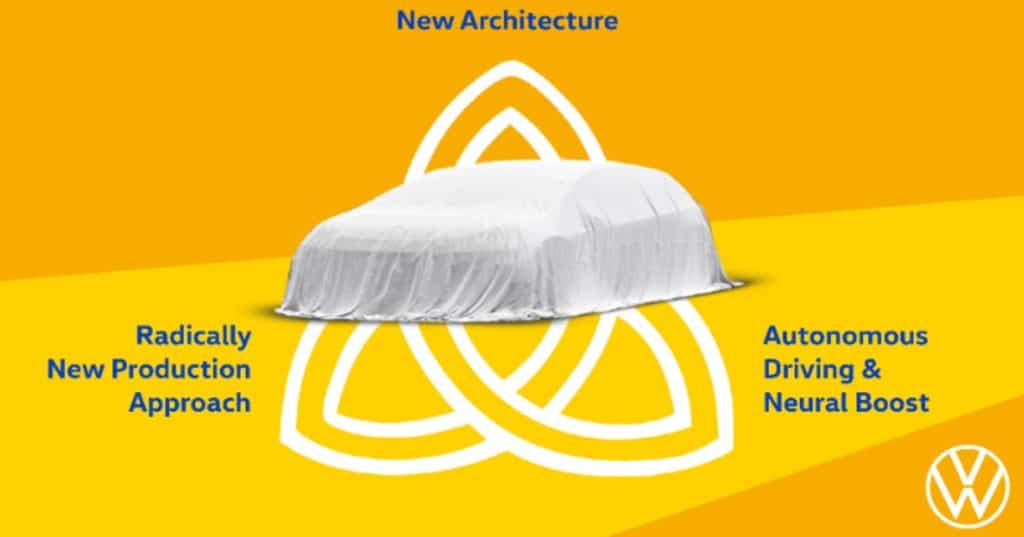
Volkswagen’s Flagship EV, Project “Trinity”
The CEO for VW Group, Herbert Diess, recently tweeted that Trinity will be the company’s next EV development program. He also stated that the project would involve a thorough examination of the carmaker’s hometown factory in Wolfsburg, Germany. According to a recent LinkedIn post (which has now been deleted), Trinity will include three elements:
- The first element: VW’s Project “Trinity” will include a new EV platform. This new platform will be different from the MQB platform used for Volkswagen’s ID electric cars.
- The second element: The project will also feature a more sophisticated driver-assist tech, similar to General Motors, Tesla’s Autopilot, or Super Cruise. Brandstätter stated that this would get upgraded eventually to Level 4 on the Society of Automotive Engineers’ (SAE) autonomous-driving scale. If this feat is achieved, Volkswagen will make history as no automaker has come with a production vehicle capable of reaching this advanced level.
- The third element: Brandstätter added that the project would also compose a “radically new production approach.” This means that the VW’s Wolfsburg factory will experience some significant upgrades, just like Diess mentioned. Tesla’s new German factory is currently being constructed near Berlin, and the Wolfsburg site will compete with it.
More Details
As we mentioned earlier, more details about what Project Trinity will offer are scarce. However, Roadshow speculates that the project could be Volkswagen’s version of Landjet – a project to build a high-end EV for Bentley, Audi, and Porsche. Since Volkswagen owns the three automakers, it is easy to share between them. For instance, the new Audi E-Tron GT electric car shares components with the Porsche Taycan.
Nonetheless, Volkswagen will not stop rolling out mass-market ID models. The ID.4 crossover is expected to be launched in the United States, and the ID.3 hatchback in Europe. More ID models are in view, like the modern version of the classic Volkswagen Microbus. But it’s been delayed and will not come to the United States until around 2023.
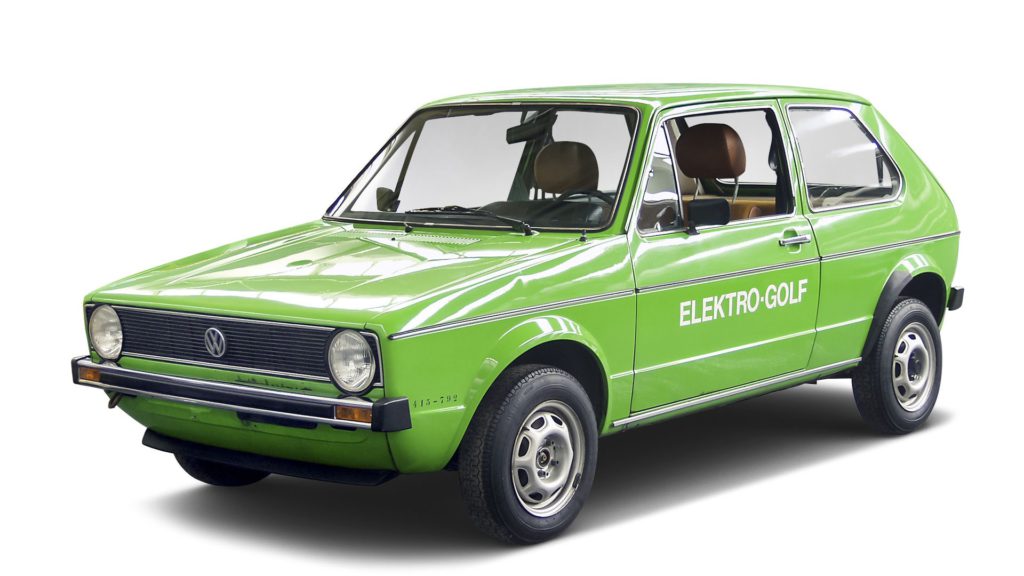
Volkswagen’s History with Electric Cars
These days, you can see plenty of electric vehicles all around the city. But a lot of people don’t know much about how we come up with this futuristic technology. The first electric cars were brought onto the road around 50 years ago. And Volkswagen has always been a pioneer from the early days of electric mobility.
VW set out to develop its first “powertrain for the future” shortly after its Centre for Future Research opening in 1970. Dr. Adolf Kalberlah, an electro-chemist specializing in battery research, played a significant role in achieving their goal of advancing electrical mobility developments. Among many other researchers, Kalberlah and his ten-man team were the first to make a breakthrough.
T2 Camper
Not only did they develop a battery system, but they also tested processors for controlling the motor. Two years later, this team brought the T2 Camper (its second car model) onto the road. Volkswagen started working on this ambitious project in 1970. Back then, people assumed that oil would run out in the 1990s, which triggered this project.
The oil shortage did not come as predicted, but the T2 Camper became the city’s number one car. Once charged, it allowed drivers to achieve up to 70 km without needing to recharge the battery. The vehicle has a charging cable and can be charged using a traditional 220-volt socket. However, this innovative achievement was not perfect. Its disadvantage was maintaining the battery.
The battery required regular maintenance, but this wasn’t easy due to the green motor’s heaviness. They solved this issue with a quick change technology that allows replacing flat batteries with full ones.
Features of the T2 Camper with an Electric Drive
- Battery weight of the electric Transporter: 850 kg
- Maximum speed: 70 kilometers per hour
- Range: approx. 70 kilometers
- With battery: over 3 tonnes
- Charging time: 10 hours
- Kerb weight for the 1972 electric T2 Transporter: 2.2tons
Electric VW Golf
Dr. Kalberlah and his team did not stop there. Their vision of electric mobility drove them to continue tinkering and carrying out tests. In 1976, they developed the very first electric-powered Golf. Kalberlah, a T2 electric transporter with a hybrid drive, won the Museum of Modern Art’s competition to discover the Taxi of the Future in New York.
He returned to Germany and achieved another feat as the “Father of Electric Drive.” The electric Transporter is excellent for short-distance driving, local delivery services, and service vehicles. Volkswagen designed the first series of the Golf I City-STROMer and launched it in 1981 as a short-run production series. The electric Golf was Kalberlah’s everyday ride, and he enjoyed driving it.
Volkswagen e-Golf (2015 model) made history as the first plug-in electric Volkswagen Golf ever to be sold in the United States. This German carmaker is known for making prototype electric cars. Volkswagen started experimenting with electric vehicles in the 1970s and has since then recorded many accomplishments. The Volkswagen e-Up, e-Golf production models, and prototype Golf GTE plug-in hybrids feature the car maker’s earlier examples of electric test vehicles.
Wrap Up
Volkswagen has always been a pioneer in the world of electric mobility. Recording significant breakthroughs as far back as the 1970s, the company continues to set the pace even today. VW’s Project Trinity promises to offer more advanced tech than other EVs by the company. We anticipate seeing if its radically new production approach will help achieve producing a car in ten hours.
We are excited for more details and pictures of VW’s Project Trinity EV. Subscribe to ZEV Society and receive updates on the latest news!

